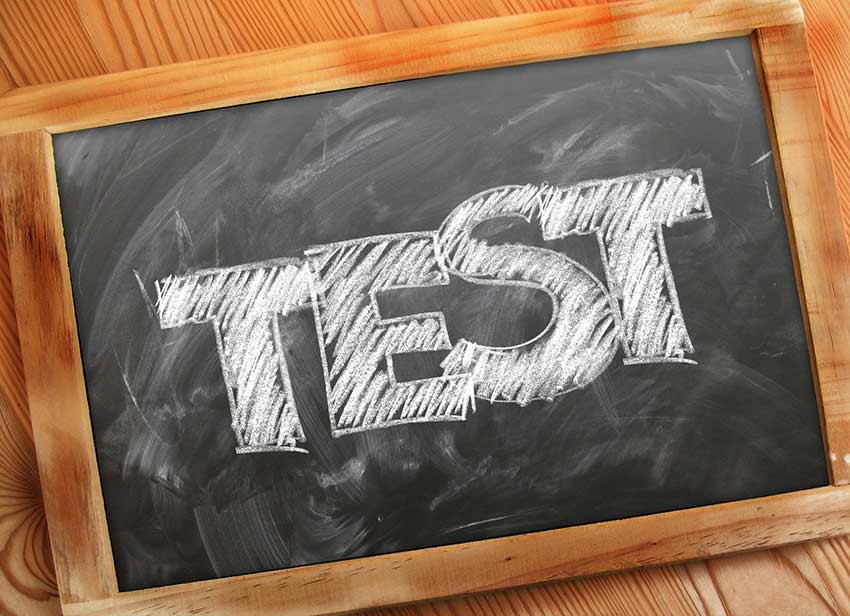
Arguably as important as your keywords and creatives, the Google Ads bidding style that you choose for your campaign is critical to attaining a positive return on investment and scale. Over the years, bidding styles have evolved from simple (manual cpc) to almost completely automation (smart shopping/max conversion campaigns). Additionally, the “rules” outlined by Google for each style change as well as the Google Ads machine learning technology improves.
In this post, we’re going to cover the current state of bidding in Google Ads. While there are 10+bidding style options right now, we’re covering the current most popular bidding styles, when to use them, and how to test them because there’s no silver bullet here.
How to Determine the Best Bidding Style
Choosing the best bidding style is based on a couple main elements.
- Campaign Goals: Your campaign goals typically dictate the bidding style. If you’re ecommerce, you’ll likely want to max out your ad spend based on where it can generate the most revenue. If you’re trying to general phone calls for a call center or sales team, you’ll want to focus on getting high quality leads at the cheapest prices. If you’re running a brand awareness campaign, focusing on impressions may be your goal.
- Volume: In our opinion, automated bidding styles are needed to scale and maintain efficiency. However, many of these cannot be used without a reasonable budget and volume of conversions as Google’s machine learning engines need data to make decisions. For low volume/budget campaigns, manual strategies are the only option. For high volume, you can effectively used automated strategies.
Google Ads Bidding Styles
| Bidding Style | Description | Typical Uses | Usage Requirements |
|---|---|---|---|
| Manual CPC | You pick the bid and make all adjustments manually. | New campaigns, low volume campaigns | None. |
| Max Impressions | Automated style to max out impression share | Brand campaigns | None |
| CPA | Cost per acquisition automated style | Lead generation campaigns | Account needs at least a few conversions |
| ROAS | Automated bidding based on return on ad spend | Ecommerce | 20+ conversions per month within the campaign |
Manual CPC
Manual CPC is the “original” bidding style. Here, you manage the CPC bid yourself, alongside any bid adjustments that you may want to include (device, audience, location, GEO etc.). When using manual CPC, we recommend checking the box for Enhanced CPC as well so that Google can help make some bid adjustments for you when the data dictates it.
In many cases, starting with a manual CPC bid is ideal to get a baseline for your campaign. Once you have conversion data, you can switch to automated styles like CPA and ROAS bidding.
Max Impressions
Max Impressions is a bidding style which focuses on maximizes impression share, top positions, etc. There are a few variations to this bidding style which let you bid based on CPM, targeting search page locations, etc.
In our opinions, this is almost never used EXCEPT when bidding on your brand name in spaces where competitors bid on your brand name too.
CPA Bidding
CPA bidding is common in the lead generation space where advertisers are tracking form submits, calls, and other lead conversion points. Here, you can set a CPA goal (how much is a form submit, phone call, etc. worth to you) and Google will make the needed a bid adjustments to get you there or close to it. At this time, as long as you have some conversion volume in your account, Google should be able to effectively come close to your targets as they will look to other campaigns for data to determine bids.
As with any automated bidding style though, having a steady number of conversions is needed to provide the right data for Google to make these decisions.
ROAS Bidding
Return on Ad Spend (ROAS) bidding allows you to incorporate conversion value (typically for ecommerce but can extend to lead gen if the lead has a set value) into an automated bid style. Here, you set a budget and target ROAS and Google modifies keyword, device, audience, geo, etc. bids to try to reach it. At this time, having 20+ conversions per month is typically enough for Google to make good ROAS decisions.
Does Google usually hit the target? Nope. But it does provide a mechanism to slow down or speed up a campaign. So setting a 300% ROAS bid may never hit 300% but changing the goal up or down will impact the results accordingly.
How to Test Google Ad Bidding Styles
The notes above are guidelines, not absolutes. The best way implement bidding or any changes is through testing. In Google Ads, you can use experiments to let one one bidding style run up against another to determine which is best for your campaigns. Running Google Ads experiment is easy and quick to setup so please review Google’s documentation if you haven’t done this before.
Without properly testing bidding styles, you won’t really know which is best which will be costly for your campaigns so we strongly recommend doing it.
Additional Resources
